Indigenous leadership is not optional, it’s essential for the planet’s survival
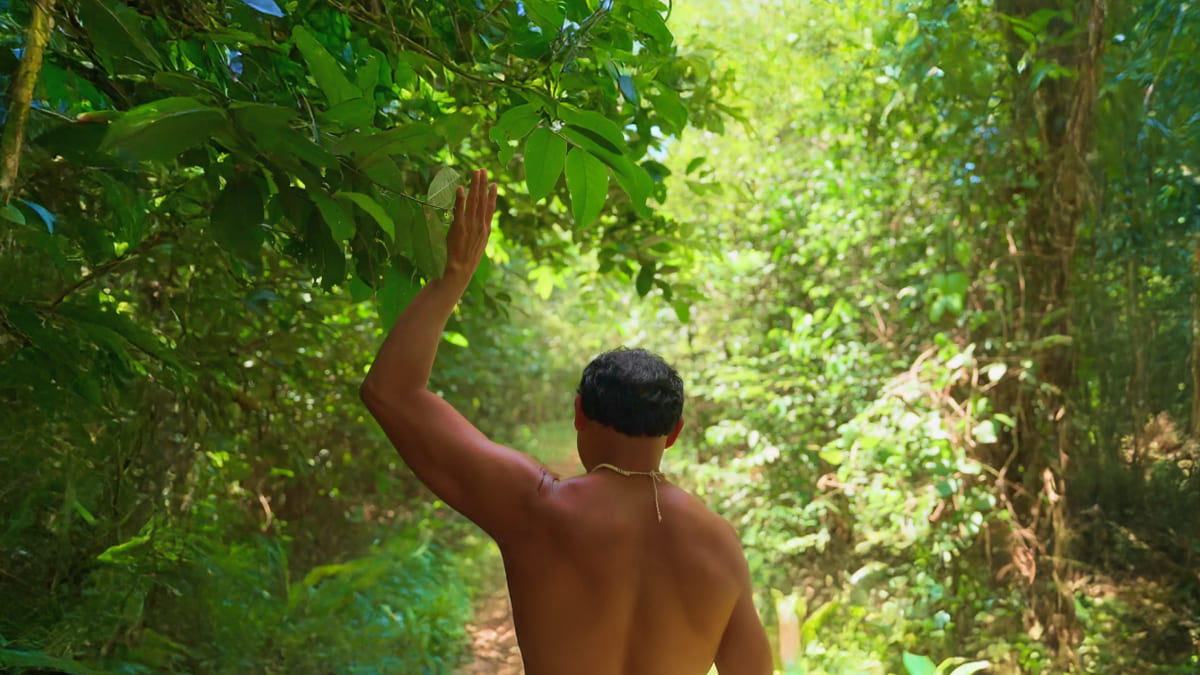
Indigenous people make up just 6.2% of the global population, but their contribution to nature protection cannot be overstated. Indigenous connection to their land is physical, cultural and spiritual. It is based on millennia of knowledge, often passed down through generations of oral traditions.
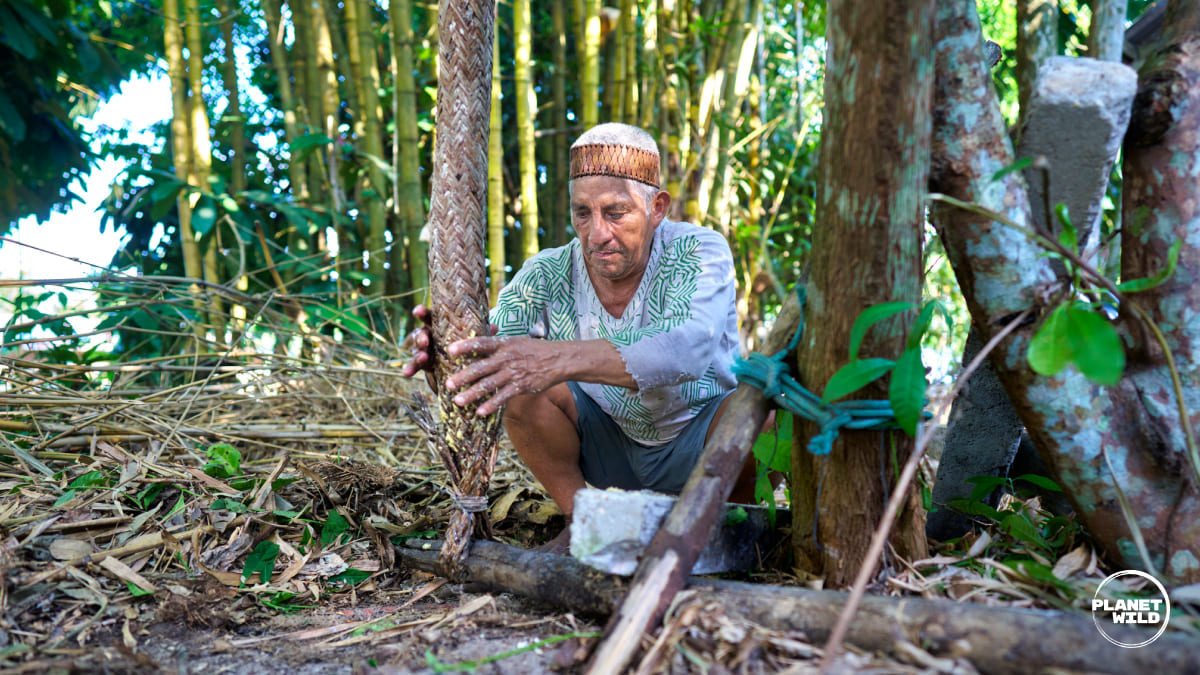
Indigenous connection to ancestral lands is what makes them such important environmental stewards, and multiple studies have shown that Indigenous-managed regions fare much better from an ecological perspective than privately owned lands or those managed by the state. This is why when it comes to protecting nature meaningfully, we cannot ignore the role indigenous communities play in protecting what we have left.
What does it mean to be Indigenous?
There are over 476 million indigenous people living in 90 countries around the world, comprising approximately 5000 distinct groups. It is thought that Indigenous peoples speak over 4,000 different languages — an incredible statistic given that there are only around 7,000 living languages spoken worldwide.
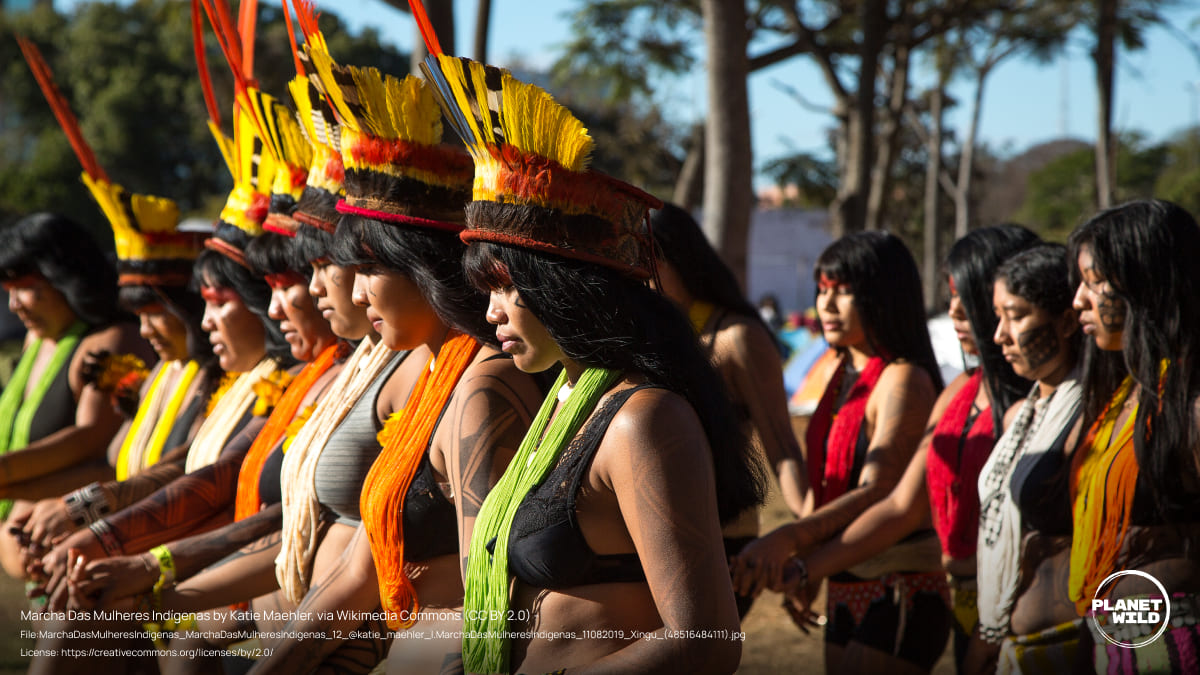
Well known indigenous communities include New Zealand’s Māori, the Arctic’s Intuit, Canada’s First Nations, the Apache, Cherokee, and Cheyenne of North America, the Maasai in East Africa, Aboriginal Australians and so on. Indigenous people consider themselves distinct from other societal groups, and have the right to determine their own identity or membership in line with their customs and traditions, according to the United Nations. However, many Indigenous people face challenges to self identity, often by nations or entities interested in exploiting native lands.
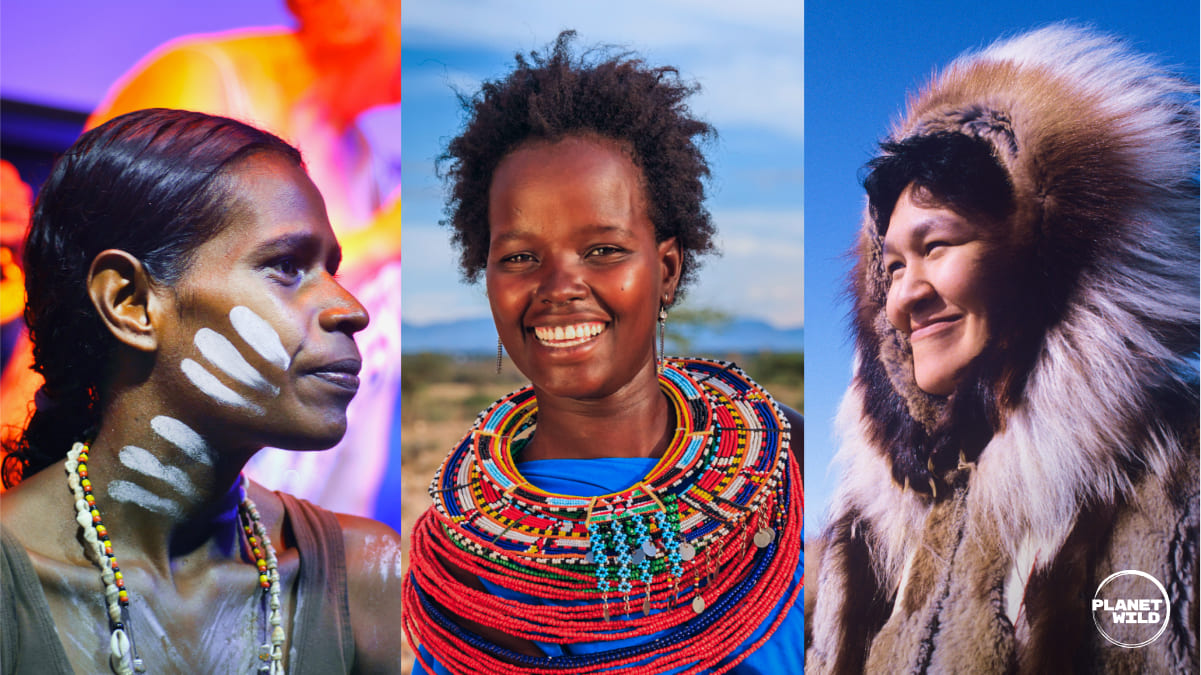
What sets Indigenous people apart is their historical connection to an area before colonization. For example, before the first Europeans arrived in the Americas, the region was inhabited by millions of Indigenous Native Americans, from the Amazon basin to the Great Plains and beyond. Some were nomadic — like the Comanche of the Southern Plains — moving across vast distances to hunt and gather resources, while others — like the Pueblo peoples of the Southwest — built settlements and cultivated farms.
What links these groups together is a generational knowledge of their way of life, which is deeply linked to the nature and biodiversity around them.
Why does Indigenous knowledge matter in nature protection?
It has been proven that Indigenous-managed lands are in better condition than even those that are protected by nature organizations. Indigenous land management practices encourage sustainable agriculture, one which honors biodiversity and never takes more than is readily available. Indigenous land management looks different based on the natural environment and local knowledge, and can include practices like controlled burning, fish traps, sustainable forestry.
Examples of Indigenous land management practices
Controlled burning
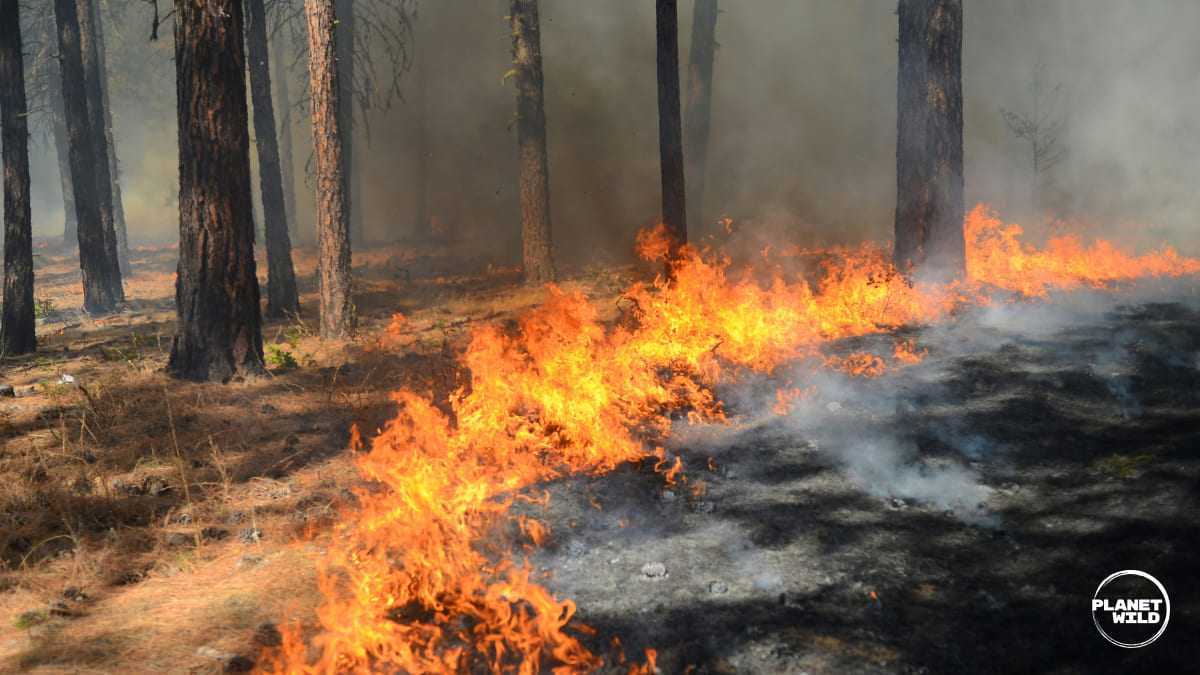
Fire is often considered a destructive force when uncontrolled, but traditional burning is often used by indigenous communities to regenerate the soil and promote regrowth. Regular low-intensity burns reduce the risk of large, untamed wildfires by improving resilience. Cultural burning can be linked back to the tribal philosophy of fire as medicine, if you allow the right controlled amount, it can provide abundance to your ecosystem.
Sustainable forestry
Trees are an important building material in lots of indigenous cultures, but must be sustainably harvested to ensure biodiversity isn’t impacted by their removal. Once again, this is done through leveraging generations of ecological knowledge, with emphasis on the careful selection of the right trees. Usually, trees are chosen based on what will create the least amount of biological impact.
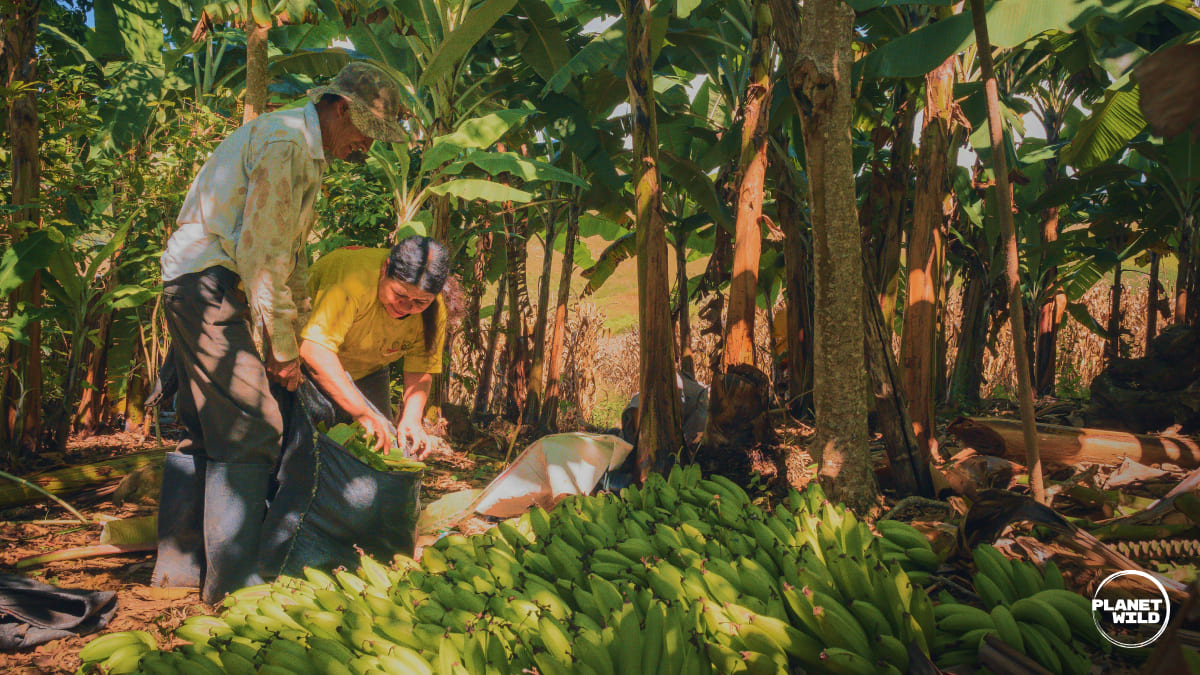
This involves careful planning, often selecting individual mature trees to harvest, and making sure to leave much of the original forest intact. Selective harvesting in this way also encourages natural regeneration, so harvesting older trees removes competition and allows new saplings and seedlings to grow faster.
Fish traps
Many Indigenous communities rely on a deep knowledge of local aquatic ecosystems and hydrological patterns to fish in ways that are both sustainable and efficient. By using natural materials such as stone, woven netting, and wood, they construct fish traps that support responsible harvesting without waste. In Australia, Aboriginal communities in New South Wales created what are called the Brewarrina Fish Traps — a complex network of river stones designed to catch fish.
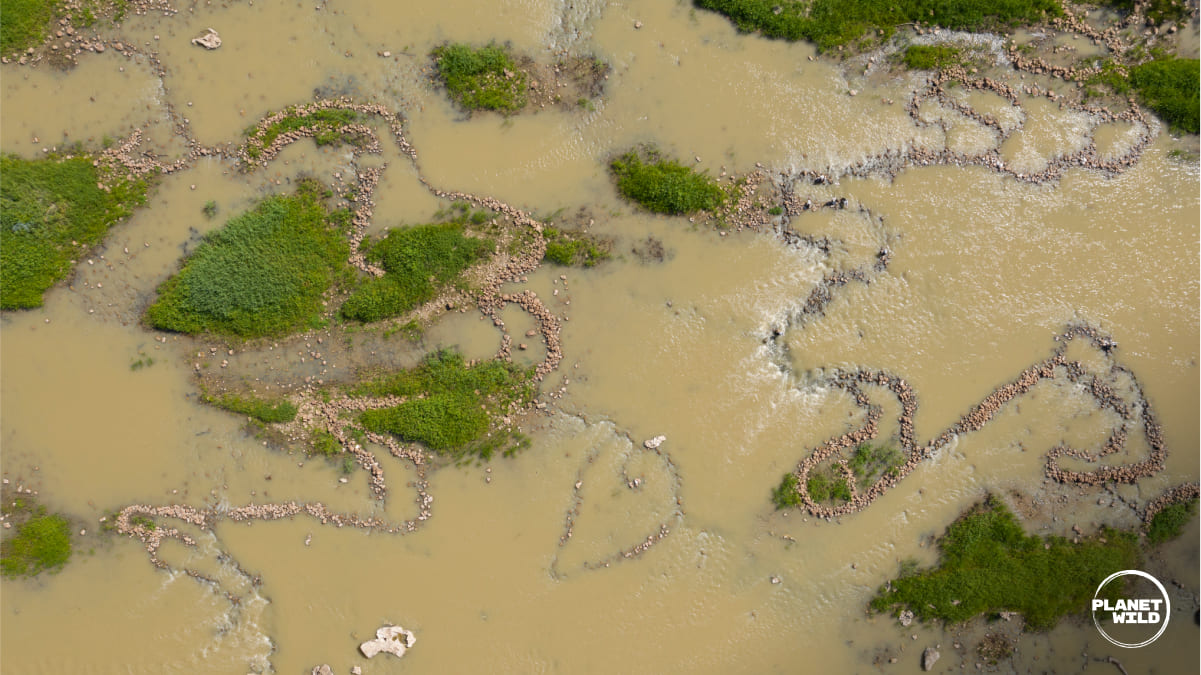
Seasonal harvesting
For most of us, every time we visit the grocery store we expect to be able to buy produce from all over the world, at any time of year. This is not the case for indigenous communities that rely on cultivating food from the land. Certain foods grow at different times of the year, and many communities have developed detailed seasonal harvest systems based on knowledge and observation of natural cycles. They may also recognize different seasonal patterns, for example the Aboriginal D'harawal people recognize six seasons, while others like the Maung people recognize three.
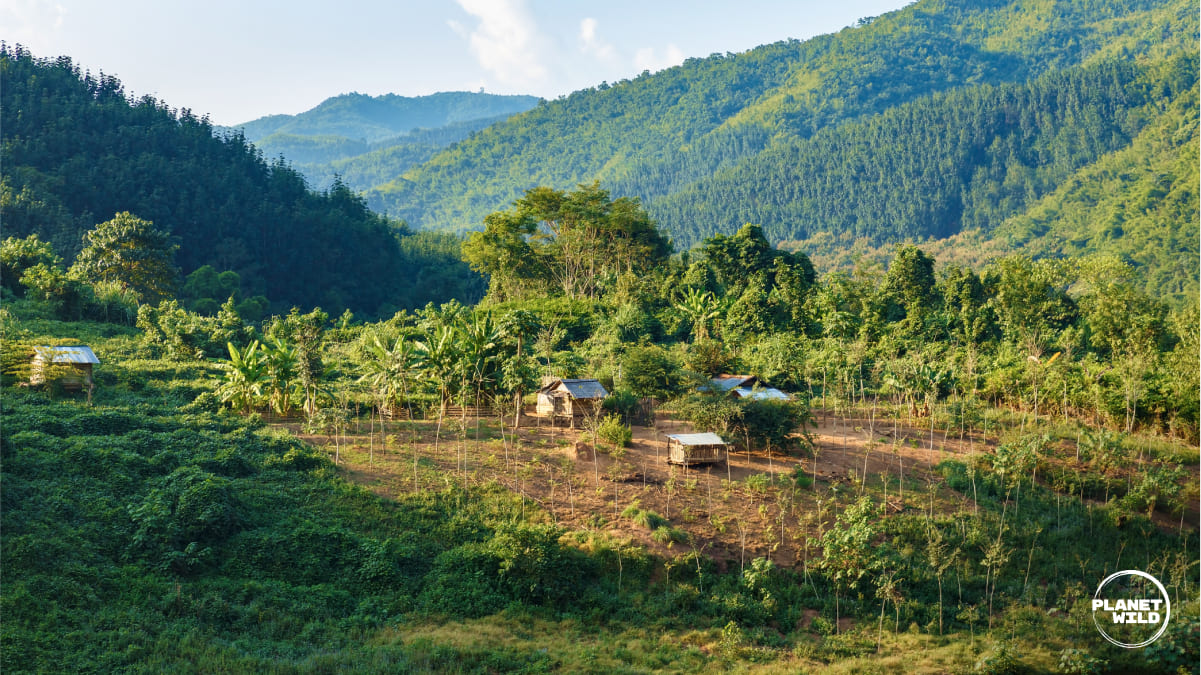
These practices are just a small example of land management practices that have been passed down over countless generations, all of which place the protection, preservation, and promotion of natural ecosystems above profitability. It’s in this way that we can learn the most from Indigenous communities about how to effectively manage and cultivate the land, but doing so without permanently removing or damaging vital ecosystems.
What challenges do Indigenous communities face?
Indigenous people face an immense amount of challenges, most of which stem from historical injustices, violence, and ongoing systemic inequality. Ever since European settlers began to colonize the world, Indigenous people have been stripped of their land, been devastated by disease and famine, and forced to become second-class citizens on their own lands.
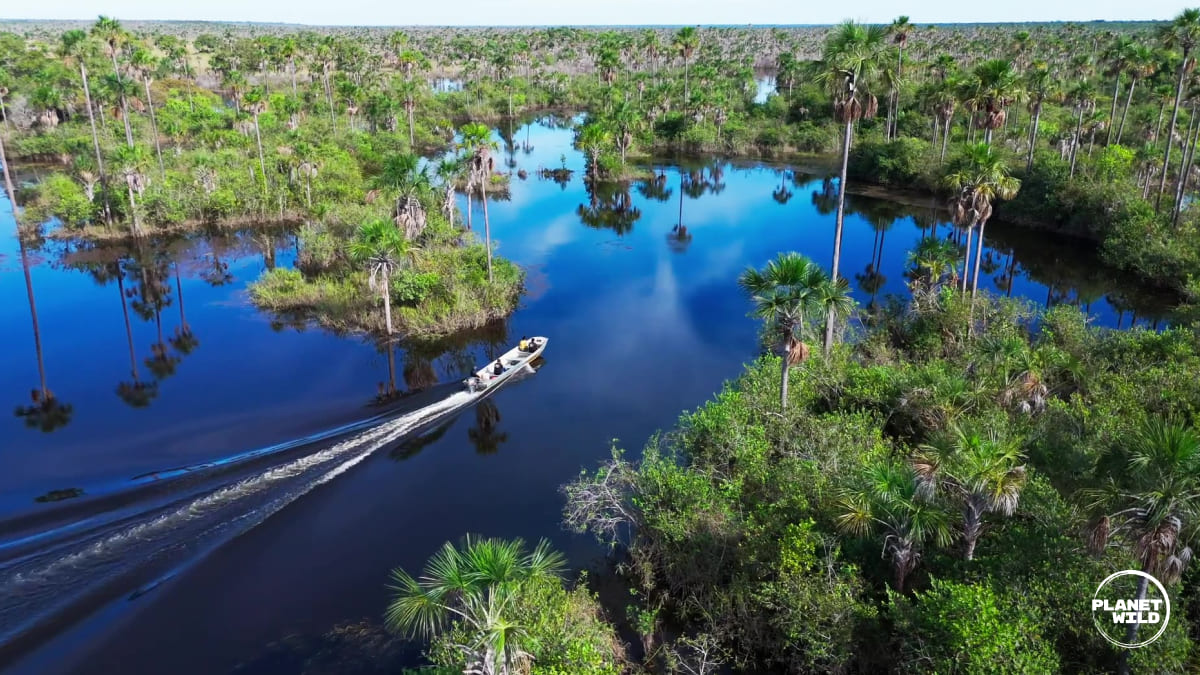
Today, Indigenous people still have to fight for their right to exist, and they experience higher rates of landlessness, malnutrition, and internal displacement than other groups. They are still facing eviction from ancestral lands, as well as restricted access to education, health care, and housing.
While nearly all Indigenous groups have experienced historical trauma and ongoing injustices at the hands of colonialism, we can look at one area in particular that highlights the struggles native communities face when it comes to Indigenous land management and protection.
Case study: Xingu Basin
Archaeological findings reveal that for more than a thousand years, the Upper Xingu basin in the modern day Brazilian Amazon was home to a large, sophisticated society made up of diverse cultures, languages, and histories. Millions of Indigenous people here built expansive settlements, complete with roads and carefully managed landscapes. However, this flourishing civilization was devastated in the 15th century with the arrival of the Portuguese, as diseases like smallpox, measles, and influenza swept through the region, claiming countless lives among populations with zero immunity. Within the first century of contact, 90% of the population was wiped out, and thousands more were killed in the decades after, forced into slave labor in rubber and sugar cane plantations.
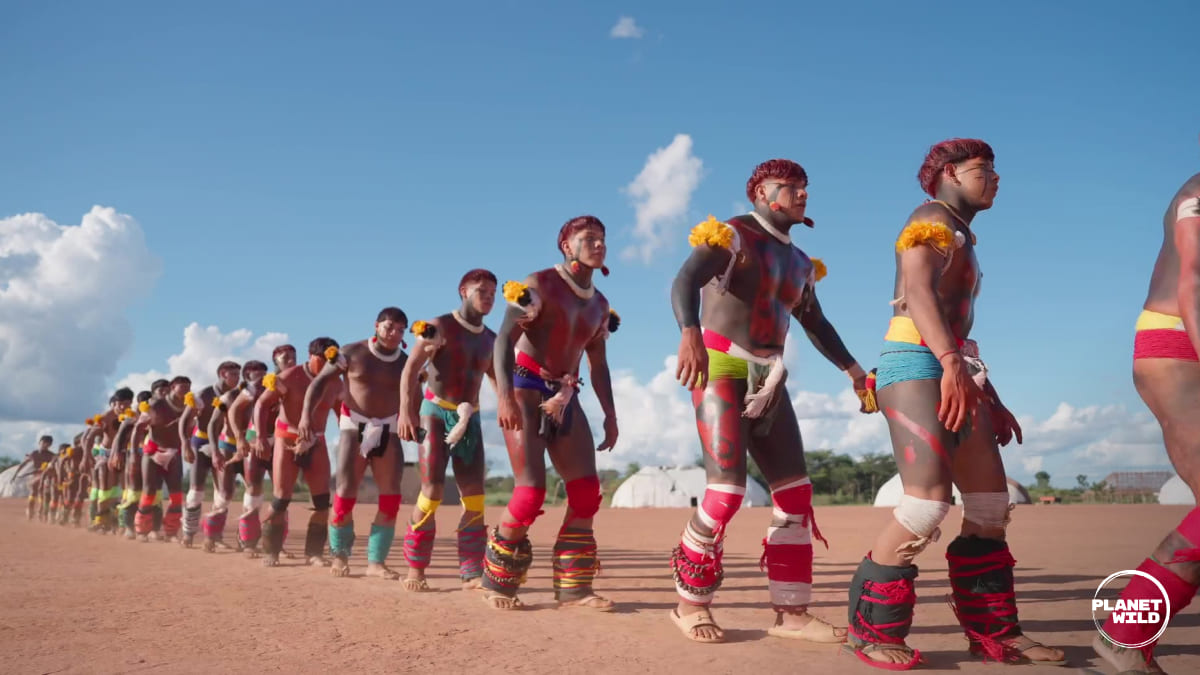
For 500 years, fierce resistance of the tribes of the Xingu basin kept most outsiders at bay, as well as the remoteness of the region. However, that all changed during Brazil’s military dictatorship in the 1970s, when road construction and infrastructure planning forced contact with tribes such as the Arara and Panará, exposing them once again to the dangers of outside intrusion. By 1973 the Indigenous population was reduced from several thousand to just 320, living in two villages. Those survivors were relocated to the newly formed Xingu Indigenous Park (TIX) for their protection.
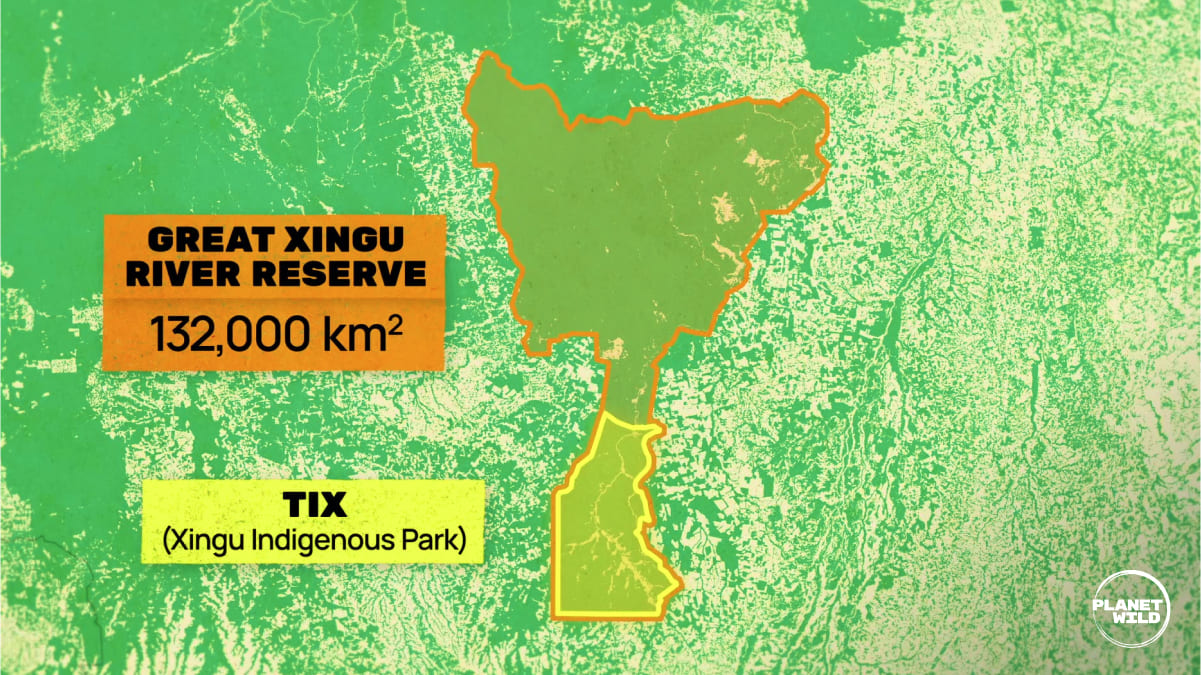
Today, the TIX remains Brazil’s first Indigenous reserve, safeguarding over 2.6 million hectares of the Amazon rainforest and 6,000 Indigenous people. However, that still hasn't stopped new threats at its borders. The Amazon rainforest is the most biodiverse place on Earth, but it’s also one of the world’s most threatened ecosystems. The Greater Xingu Indigenous Park, where the TIX is located, is the last corridor through an arc of deforestation spread across thousands of acres of Amazon rainforest. It’s now up to the region’s Indigenous communities to protect it.

Planet Wild went to the TIX to meet with Chief Tapi Yawalapiti, son of legendary Chief Aritana, who united the 16 communities of Brazil’s Xingu territory to protect their land and way of life. Today, Tapi carries on his father’s legacy, advocating for protecting Indigenous lands and culture through collaboration with governments and global partners.
Even with strong evidence supporting the role of Indigenous leadership in conservation, their contributions are still often overlooked. Indigenous communities need legal rights to their land to protect it, stop illegal exploitation, and manage it sustainably. Their deep and generational knowledge of local ecosystems is not just important, but essential for creating more effective, fair, and balanced conservation strategies to combat our changing planet.